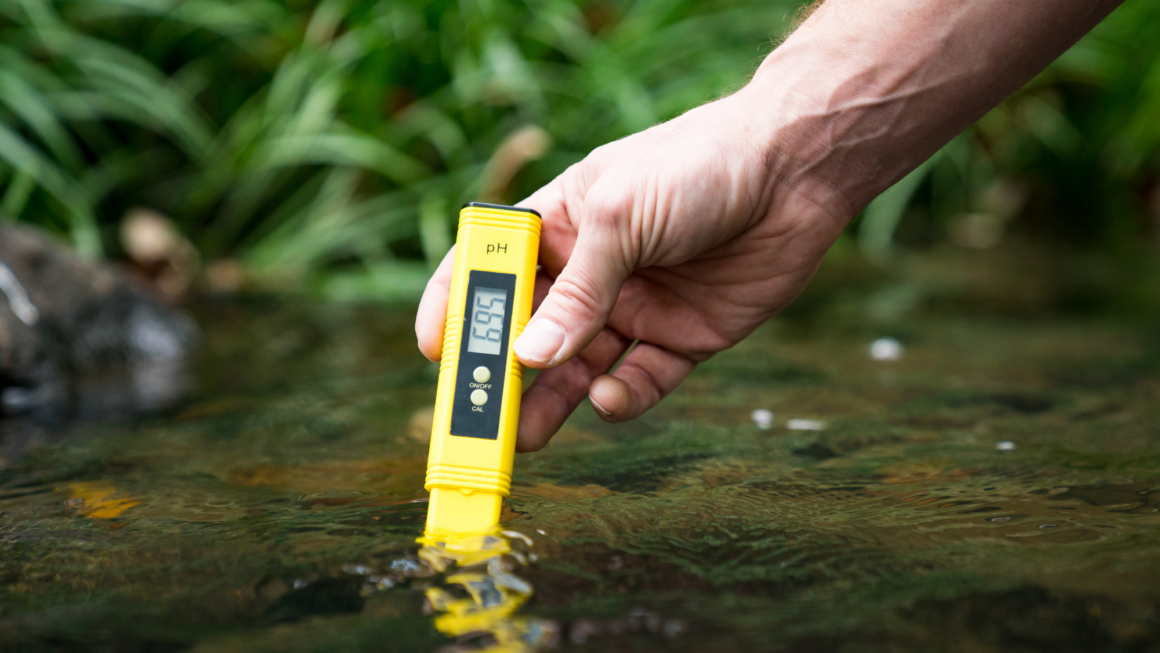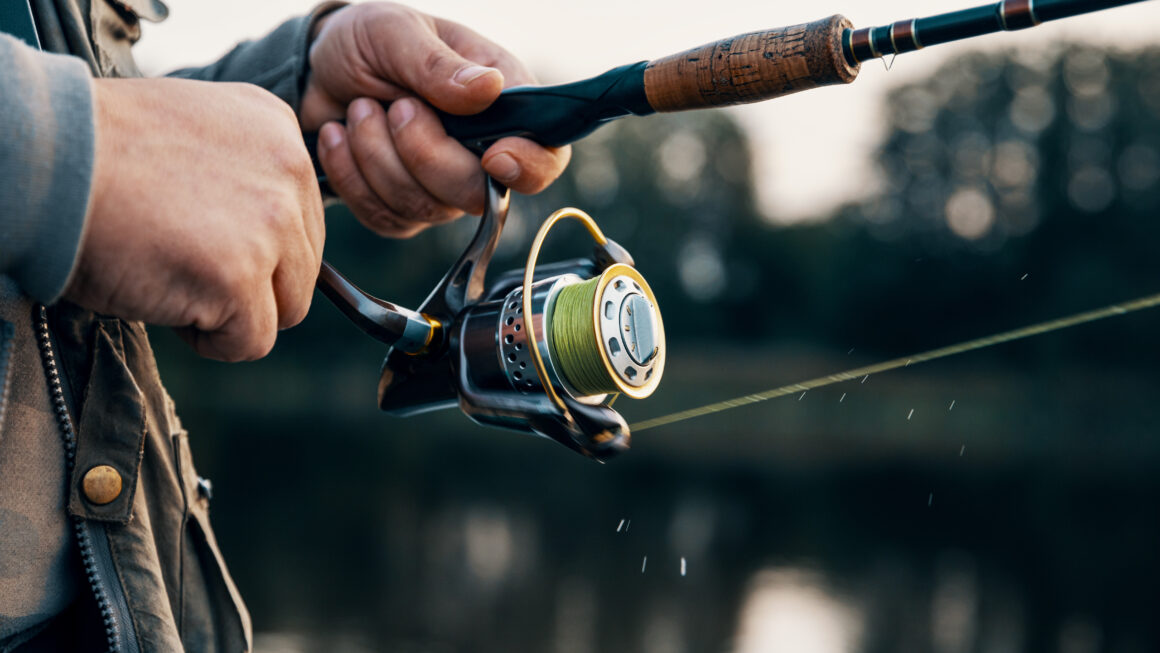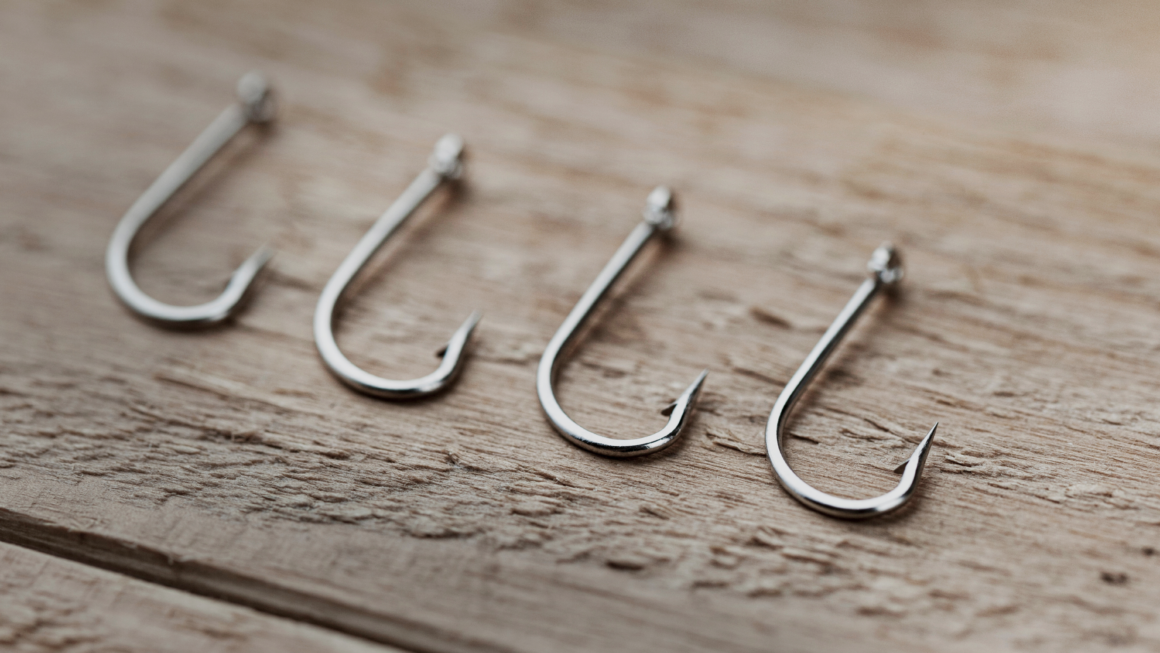pH measurement plays a crucial role in water systems, whether it’s for environmental monitoring, water treatment, or industrial applications. For anyone working with water systems, having an accurate and reliable pH meter is essential to ensure the right balance between acidity and alkalinity. After years of working with these meters, I’ve learned a lot about how to use them effectively and how to keep them in top condition.
In this guide, I’ll share the best practices for using pH meters, expert advice on getting the most accurate readings, and some of the top brands to consider if you’re in the market for a new meter.
How to Use pH Meters
Using a pH meter might seem straightforward, but there are important steps you should follow to ensure accurate and reliable results every time. Here’s what I’ve learned about how to properly use and care for a pH meter.
1. Calibration
Calibration is the key to accurate pH measurements. The first time I used a pH meter without calibrating it, my readings were way off, and it was a hard lesson to learn. Regular calibration ensures that your pH meter is providing accurate results, especially if you’re measuring water samples for critical applications like water treatment or environmental testing.
- Use Standard Buffer Solutions: Calibration should always be done with standard buffer solutions. Typically, you’ll want to calibrate using two points (e.g., pH 4 and pH 7) to ensure accuracy across the range of pH values you’ll be measuring. For very high or low pH samples, a three-point calibration (pH 4, 7, and 10) is even better.
- Calibrate Regularly: If you’re using the meter frequently or for precise measurements, calibrate before each use. For less critical applications, calibration every few days might be sufficient. But for the best accuracy, make regular calibration a habit.
2. Measurement
Once your meter is calibrated, measuring the pH of your water sample is fairly simple, but attention to detail is key.
- Rinse the Electrode: Always rinse the electrode with distilled water before taking a measurement. This prevents contamination from any previous samples or calibration solutions.
- Immerse the Electrode Properly: Submerge the sensing tip of the electrode fully into the sample. I’ve found that keeping the electrode still while allowing the water to settle helps avoid air bubbles, which can cause inaccurate readings.
- Wait for Stabilization: Gently stir the solution and then wait for the reading to stabilize. Many pH meters will indicate when the reading is stable, so don’t rush this step.
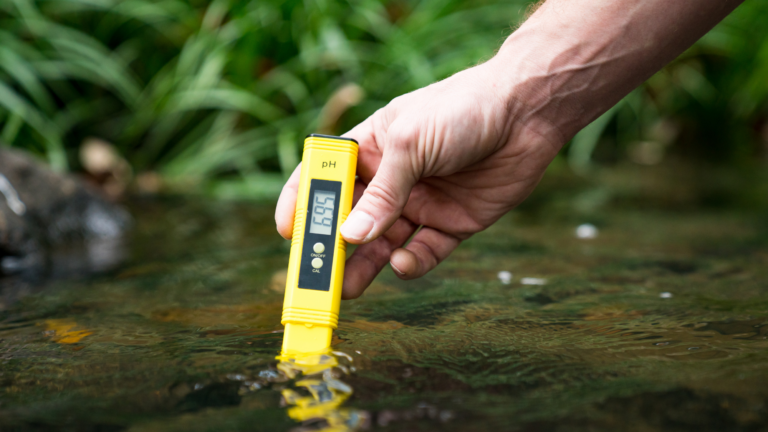
3. Maintenance
One of the most common mistakes I see people make with pH meters is neglecting electrode maintenance. I’ve been there too—when I first started, I didn’t think regular cleaning and storage were necessary. After a few inaccurate readings, I realized the importance of proper care.
- Proper Storage: When not in use, store the electrode in a recommended storage solution (usually provided by the manufacturer). Never let the electrode dry out—it can damage the sensitive glass bulb or junction, leading to inaccurate measurements.
- Regular Cleaning: Follow the manufacturer’s instructions for cleaning the electrode. Depending on the types of samples you measure, you may need to clean it more frequently, especially if you’re working with dirty or contaminated water.
- Replacing the Electrode: Over time, electrodes wear out, especially if they are used frequently or in harsh conditions. If your meter starts responding slowly or showing inconsistent readings, it may be time to replace the electrode.
4. Temperature Compensation
pH readings are influenced by temperature, and water samples at different temperatures can give skewed results. Using a meter with Automatic Temperature Compensation (ATC) ensures you get accurate readings, regardless of the water temperature.
If your meter doesn’t have ATC, you’ll need to manually adjust your readings based on the temperature, but trust me—it’s much easier to have a meter that does it automatically.
Expert Advice for Accurate pH Measurement
Over the years, I’ve picked up some helpful tips that make pH measurement easier and more precise. Here are a few things to keep in mind:
1. Electrode Selection
Choosing the right electrode for your specific application is critical. When I first started measuring pH in different water systems, I didn’t realize how much the type of electrode could affect the results.
- Flat surface electrodes: Ideal for semi-solid samples like soil or sludge.
- Spear tip electrodes: These are great for penetrating soft materials or taking pH readings in food applications.
Make sure the electrode you choose is suited to the types of water or materials you’ll be testing.
2. Sample Preparation
For the most accurate results, make sure your sample is well-mixed and at a stable temperature before you measure it. Any inconsistencies in the sample could give you a misleading pH reading.
3. Avoid Contamination
Cross-contamination is a big issue when measuring pH, especially if you’re moving between samples. To avoid contamination, always use separate beakers for calibration and sample measurement, and thoroughly rinse your electrode between uses.
4. Regular Accuracy Checks
Even if you’ve calibrated your meter, it’s a good idea to check its accuracy with a known buffer solution from time to time. If the meter starts to drift or provide inaccurate results, recalibrate and check the condition of the electrode.
5. Keep a Log
I didn’t start keeping a log of my pH measurements and calibrations until later on, and I wish I had started sooner. Keeping a log helps you track trends, spot problems early, and maintain consistency, especially in professional or research settings.
Recommended Brands for pH Meters
Not all pH meters are created equal, and after trying out a few different models over the years, I’ve found some brands that really stand out in terms of accuracy, reliability, and ease of use. Here are some of my top picks:
1. Hach
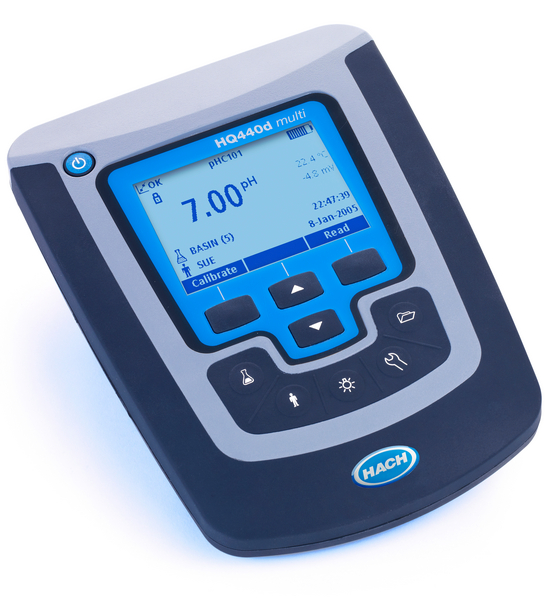
Hach is known for its wide range of water quality testing equipment, and their pH meters are no exception. They’re reliable, durable, and great for everything from basic water testing to more complex applications.
2. Thermo Scientific
If you’re looking for high-precision meters, especially for laboratory use, Thermo Scientific is a great choice. Their meters come with features like automatic calibration and temperature compensation, making them perfect for professional settings.
3. Mettler Toledo
Mettler Toledo produces some of the most advanced pH meters on the market. I recommend them for industrial and research applications where accuracy and advanced functionality are critical.
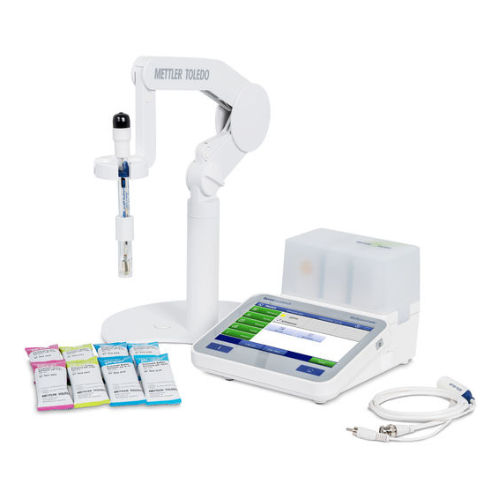
4. Horiba
Horiba meters are known for being tough and accurate, making them a solid choice for field applications. If you need a meter that can handle rugged conditions, Horiba won’t let you down.
5. Oakton
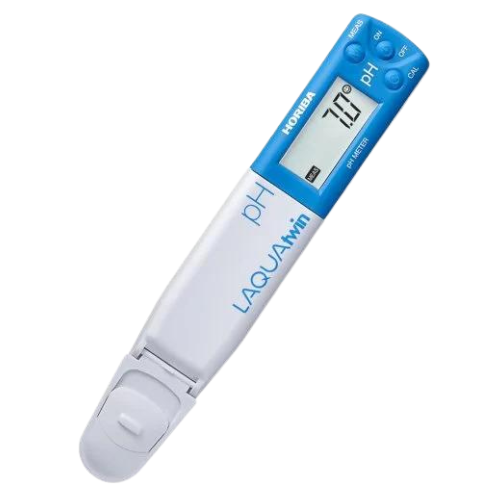
For those looking for cost-effective options, Oakton offers reliable pH meters at a more affordable price point. They’re great for education and basic research applications, where you still need accuracy but don’t want to break the bank.
Time to Measure The pH!
Accurate pH measurement is essential for so many applications, from environmental monitoring to industrial water treatment. By properly calibrating, using, and maintaining your pH meter, you can ensure reliable results every time. Don’t forget to select the right electrode for your needs, avoid contamination, and regularly check your meter’s accuracy.
Whether you’re new to using pH meters or just looking to improve your technique, I hope this guide has provided you with the insights you need. With the right tools and a bit of care, mastering pH measurement is easier than you think.

